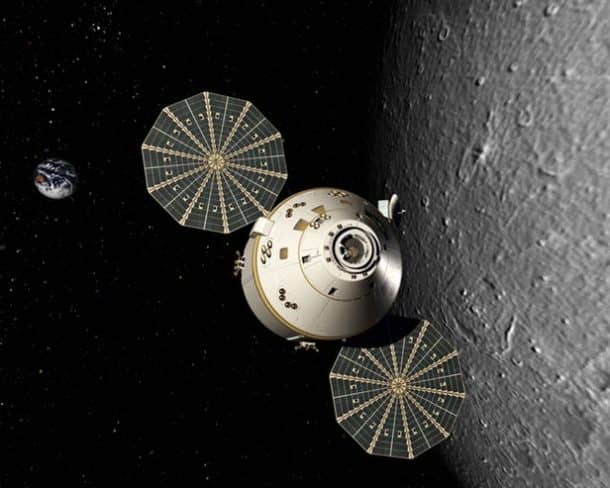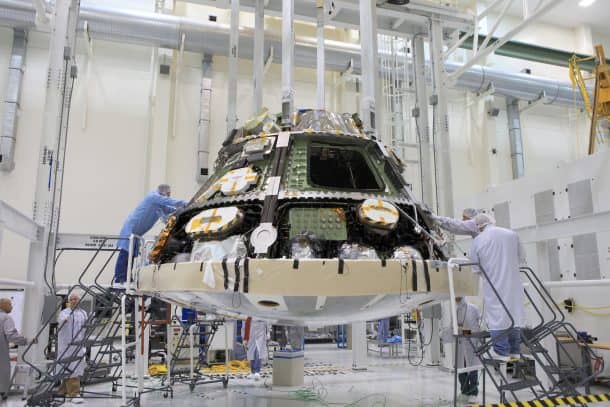NASA has recently been focusing on manned deep space exploration. Work has begun on the craft that will carry astronauts beyond the low Earth orbit for the first time in 50 years. The Lockheed Martin technicians and engineers welded together the first two components of the Orion crew capsule for Exploration Mission-2 (EM-2).
Only one operational Orion capsule has reached space so far. That was when the unmanned Exploration Flight Test-1 (EFT-1) was launched on December 5, 2014. An even more advanced Orion is currently being prepared for EM-1 and is scheduled to take off in 2019 using the Space Launch System (SLS) rocket. This too will be without a crew.

The EM-2 Orion will be a major step towards the establishment of the Deep Space Gateway station. This will allow man to return to the moon and eventually pave the way for manned flights to Mars. Even though it all sounds promising, the construction is only beginning.
The first step was to weld the command capsule’s forward bulkhead to the tunnel section, to form the top of the spacecraft. Seven large machined aluminium alloy pieces will form the pressure vessel which is the main hull of the craft.

“Orion has tremendous momentum. We’re finishing assembly of the EM-1 Orion spacecraft in Florida, and simultaneously starting production on the first one that will carry crew,” says Mike Hawes, Lockheed Martin vice president and program manager for Orion. “This is not only the most advanced spacecraft ever built, its production will be more efficient than any previous capsule. For example, look at the progress we’ve made on the EM-2 pressure vessel compared to the first one we built. The latest version is 30 percent lighter and has 80 percent fewer parts. That equates to a substantially more cost-effective and capable spacecraft.”
Lockheed Martin says that the construction will continue all the way through September as different parts are added on and only afterwards will it be shipped to the Kennedy Space Center to undergo final assembly and initial testing.

“The EM-1 and EM-2 crew modules are very similar in design, but we’ve made a lot of improvements since we built EM-1, including processes, scheduling, and supply chain, all contributing to a lower cost and faster manufacturing,” says Paul Anderson, director of Orion EM-2 production at Lockheed Martin. “Each of these spacecraft are important, but we realize that the EM-2 capsule is special as it’s the first one to carry astronauts back out to the Moon, something we haven’t done in a long time. It’s something we think about every day.”
It is an exciting prospect of human beings going back into space after years and years of sending rovers and probes.


